Greener pastures: how Asia is embracing plant-based cuisine
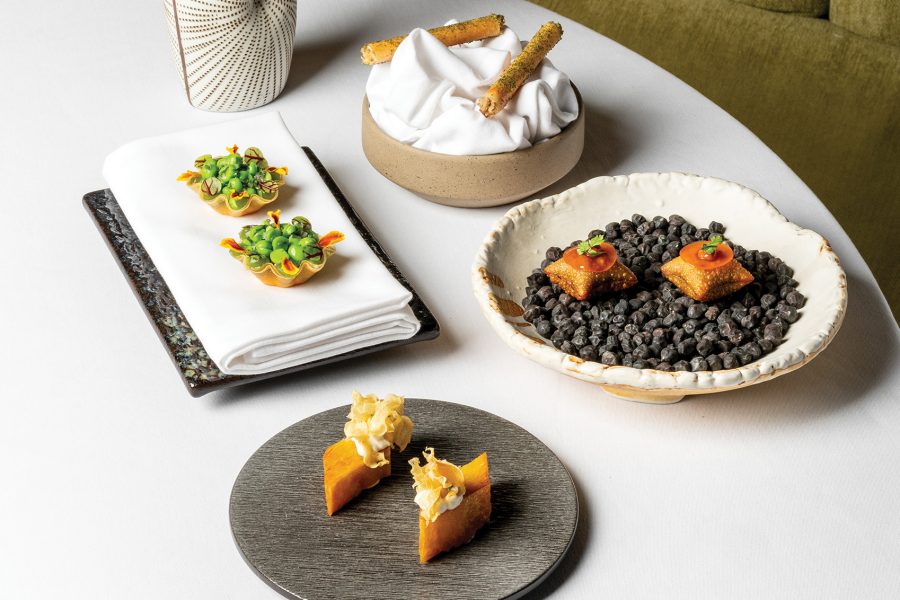
Fluffy bao stuffed with a hoisin sauce-glazed slab of pork belly at a Taipei night market; a steaming bowl of pho with beef slices swimming in a fragrant bone broth on the streets of Hanoi – foodies around the world can probably all name at least one dish that they’d be willing to travel for. But how many of them would be vegetarian?
Although meat is close to the heart of Asian cuisine, vegetarianism has deep historical roots in cultures across the continent and is growing in popularity today. As plant-based diets become more common throughout the world, many Asia-based restaurateurs and hoteliers are embracing meat-free dining and leading vegetarian cuisines in exciting new directions, whether that’s through incorporating a new generation of imitation meats into traditional dishes or rediscovering that plants like jackfruit can bethe star of the show.
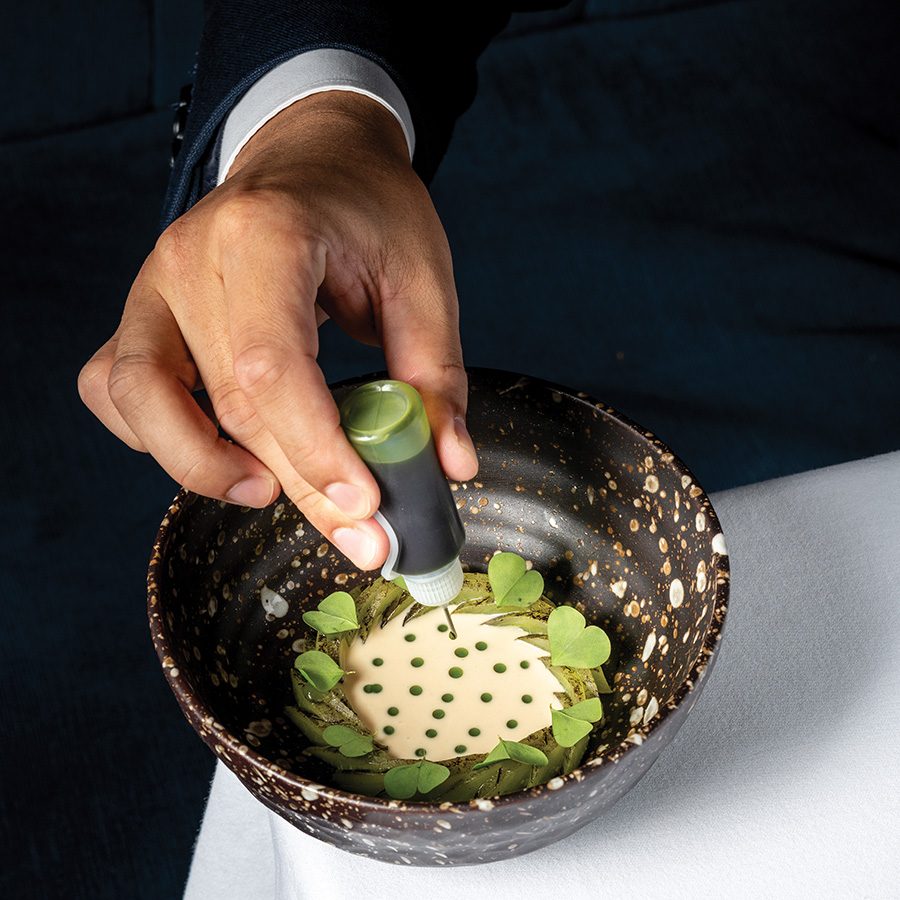
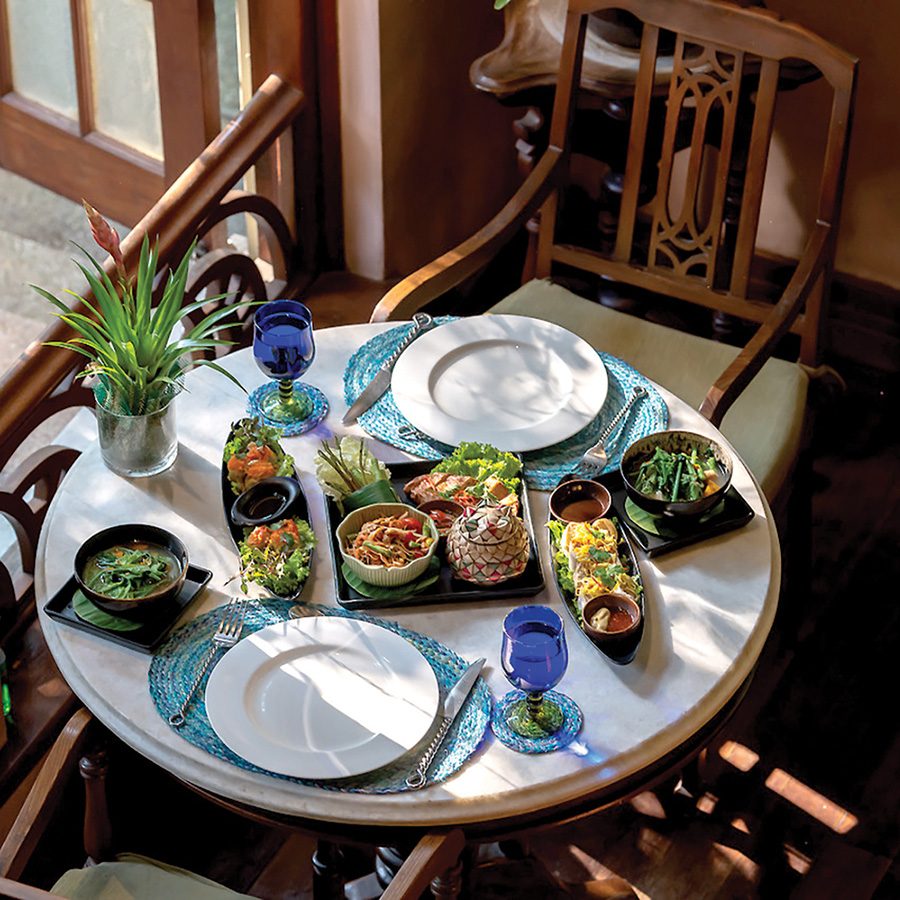
“People around the world are becoming more educated on not just the health implications but also the environmental impact of consuming meat,” says Girish Jhunjhnuwala, the Hong Kong-based founder and CEO of Ovolo Group , which in 2020 set a new industry standard by going completely meat-free in all its restaurants for an entire year, before committing to a vegetarian-led approach in 2022.
“Going exclusively vegetarian was a bold move in Hong Kong’s dining scene [yet] it’s clear there is a demand for it,” says Jhunjhnuwala, who has followed a vegetarian diet for his whole life. “Many of our guests do eat meat but come to us because they simply enjoy the food and the experience.”

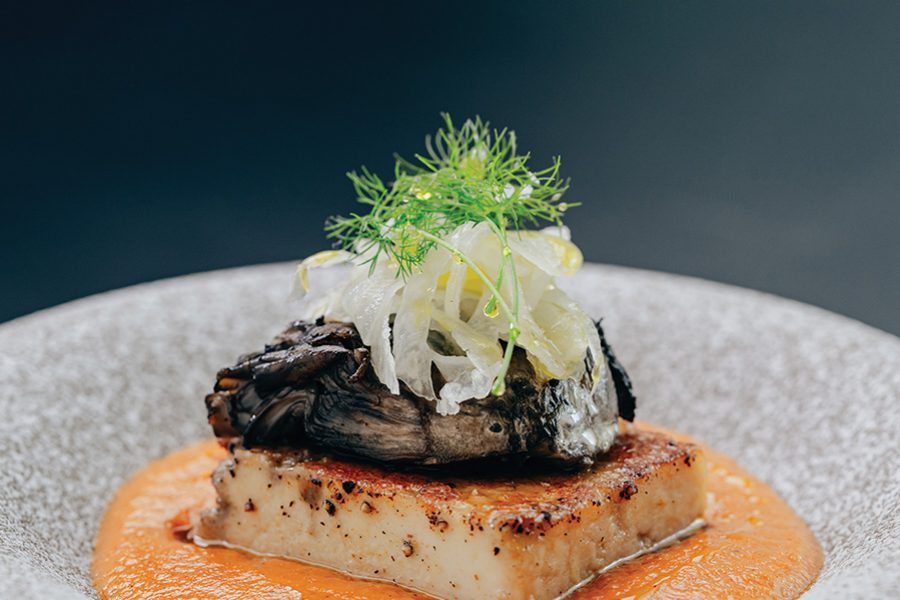
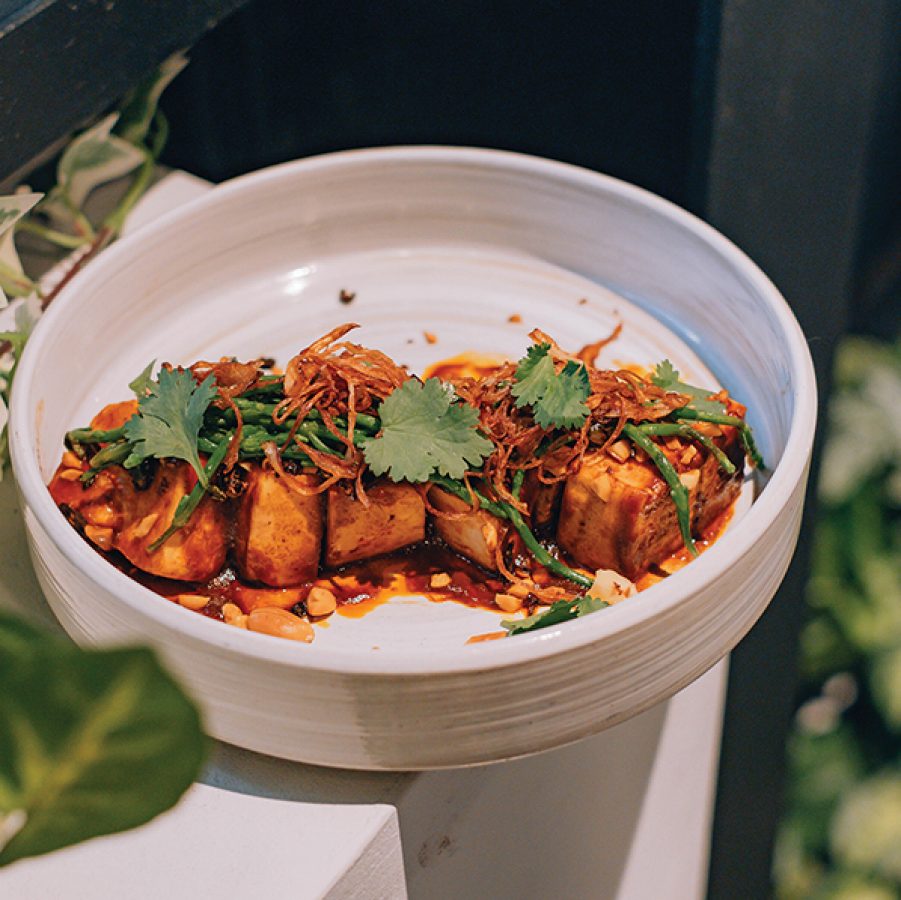
David Lees, managing director at Bangkok boutique hotel Ariyasom Villa – whose restaurant Na Aroon boasts a full vegetarian menu – initially decided to try being vegetarian for a month: it’s now been 31 years.
He’s noticed a growing number of people dipping their toes into the pool of plant-based cuisine. “Vegetarianism is not for everyone and that’s fine, but I think the trend is to eat less red meat,” he says. “We now see people here in Thailand designate one day a week as a veggie day. It’s often the day of the week they were born on – it’s a nice idea.”
Asia’s readiness to embrace a greener diet can in part be traced to habits born out of religious observance. Buddhism and Hinduism – of which there are collectively more than one billion followers in the region – have historically advocated a meat-free lifestyle.
Some 1,000 years before brands like Beyond Meat, Impossible Foods and Hong Kong’s own omnifoods began tapping into and expanding the market for alternative meats, Buddhist monks in rural China were serving their own “mock meats” made from tofu or wheat gluten.
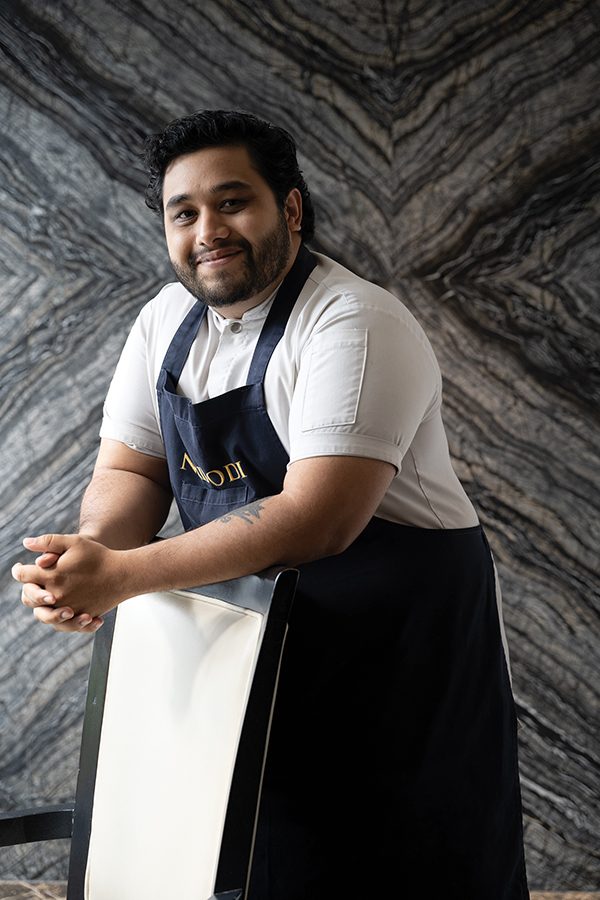
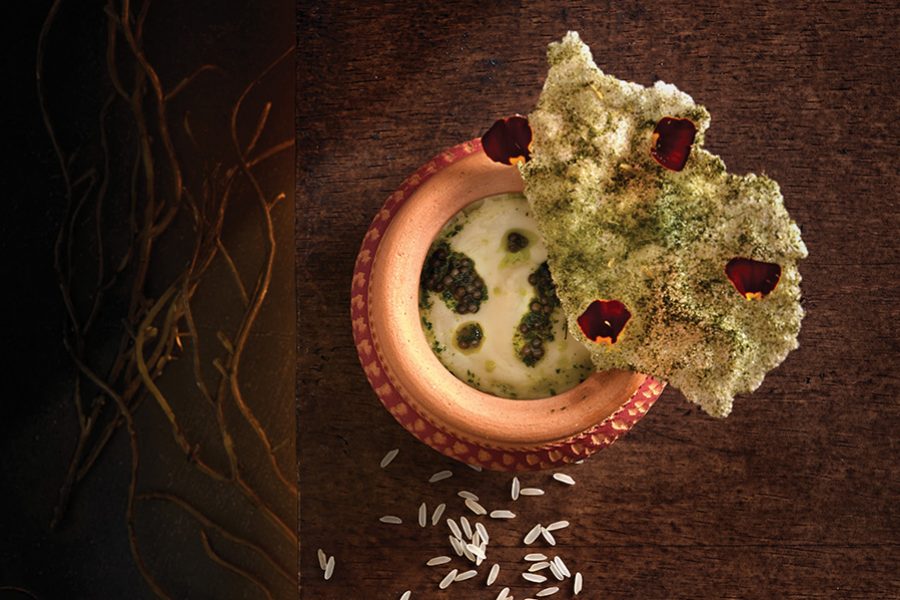
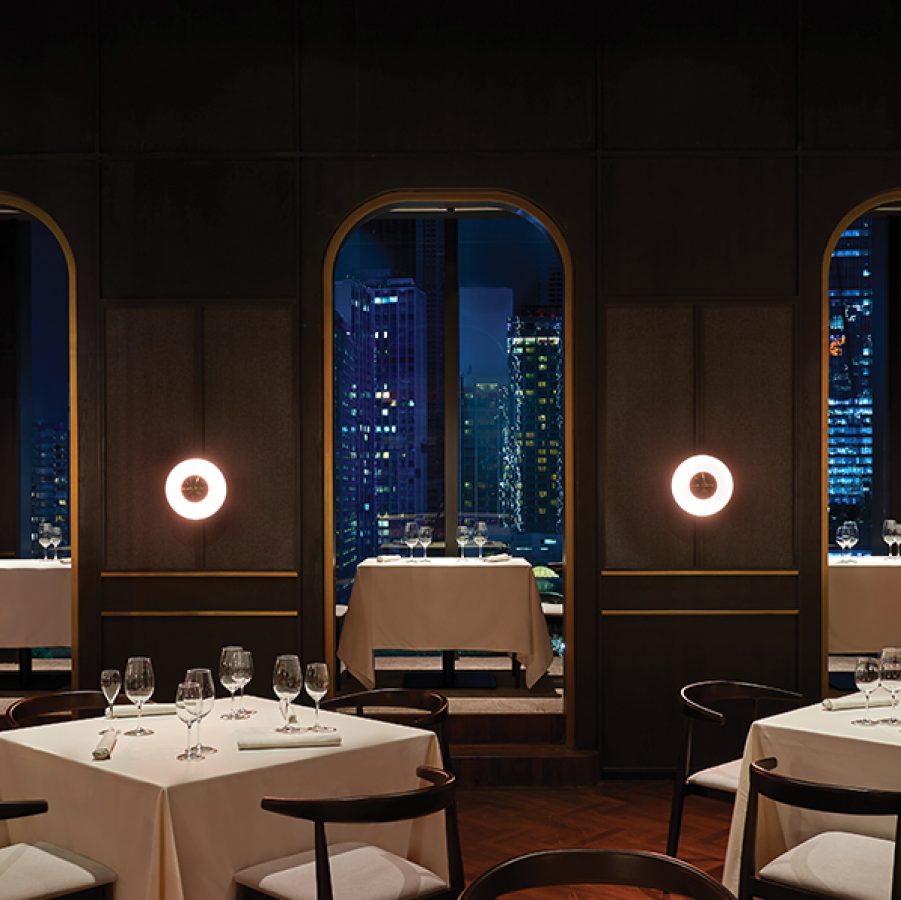
Similarly, across the Indian subcontinent, Buddhism and Hinduism have given rise to a vast array of mouth-watering vegetable and legume-based dishes. At South Indian and Sri Lankan restaurant Nadodi , which recently opened at the Four Seasons Kuala Lumpur, Chef de cuisine Yavhin Siriwardhana and newexecutive chef Mohammed Eliyaz are delving intothis culinary heritage.
“The cuisine from our region of focus has a strong history of vegetarian influences in its dishes, and we draw on these traditions to create our own vegetarian options,” says Siriwardhana.
“With a focus on plant-based ingredients, we can explore the vast array of vegetables, fruits, grains, and legumes to create exciting dishes that are both nutritious and satisfying,” adds Eliyaz. “The challenge of crafting a delicious vegetarian dish invites innovation and creativity, and chefs who embrace this challenge can create a truly memorable dining experience for their guests.”
Of course, there are always opportunities for restaurants to get even more creative with new recipes that allow fresh, seasonal produce to shine. Such is the case for chef Michelle Goh, who with her partner Pongcharn “Top” Russell is part of the duo behind the fusion restaurant Mia in Bangkok.
“When we create our vegan and vegetarian menus, we do not try to replicate existing dishes without the meat products in them. We try to create something new, highlighting specific vegetables or fruits so that the dish feels complete and unique,” says Goh. “We don’t see the absence of meat as a limitation or a setback. Instead, it’s a source of inspiration.”
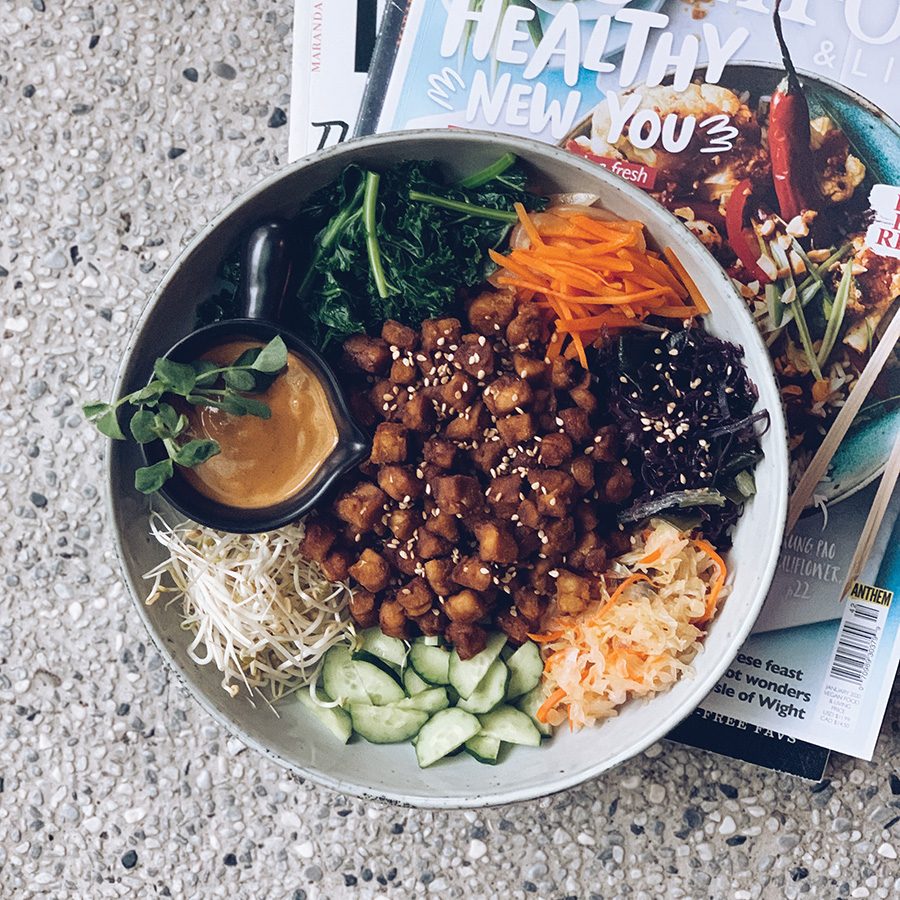
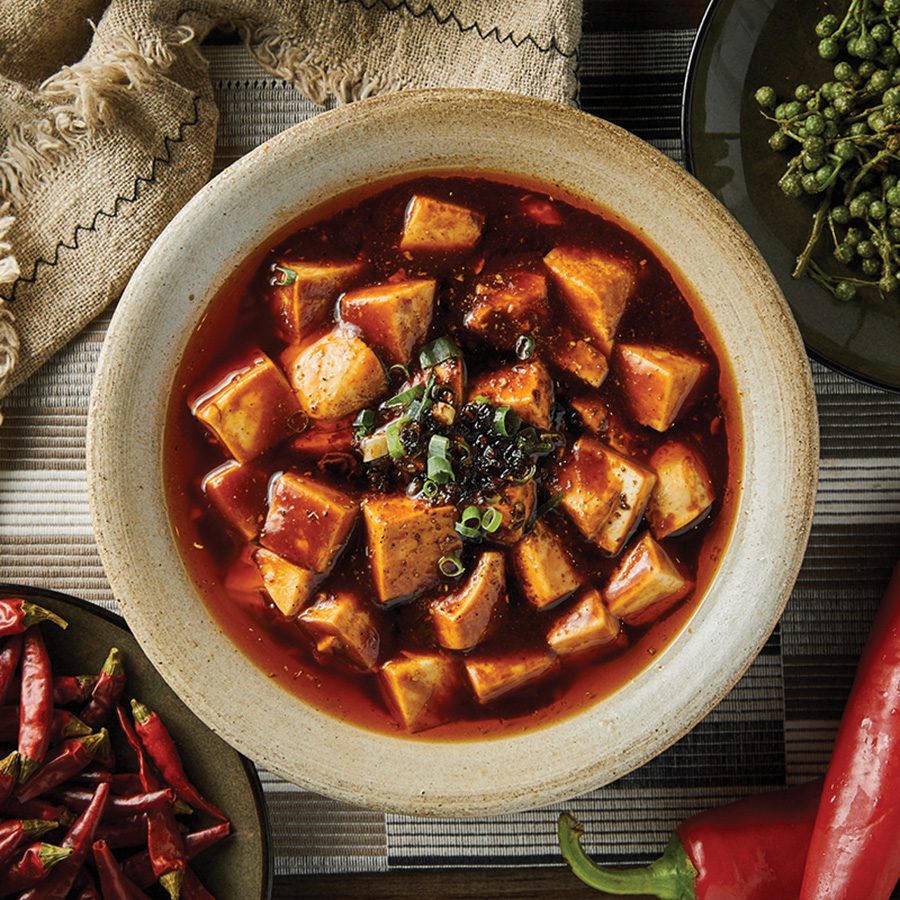
Where to eat meat-free in Asia
Bali: jackfruit rendang
The meaty texture of jackfruit makes it the perfect substitute for this classic meat dish. Stewed for hours in coconut milk and spices, the jackfruit has a soft succulent bite with warm, rich flavours.
Try it: Check out the fully vegan – and fully delicious – rendang at Waroeng Bernadette
Taipei: tempeh bibimbap
Tuck into a nourishing bowl of these traditional soybean cakes glazed in a sweet and sticky teriyaki sauce, and accompanied by an array of fresh veggies – sprouts, carrots, cucumbers, seaweed – all on a soft bed of rice.
Try it: Take on tempeh with a twist at taipei vegan eatery Plants .
Tokyo: vegan sushi
Substituting fish for a diverse mix of ingredients like radish, avocado, aubergine, cucumber and mushroom, vegan sushi brings a whole new dimension to classic Japanese fare.
Try it: A new vegan menu at Sushi Gonpachi Shibuya elevates flavours and textures alike.
Khao Sok: banana flower curry
Banana flowers, the blossoms that grow on banana trees, are soaked in a creamy spice-infused curry. When mixed with seasonal vegetables, drizzled with coconut cream and sprinkled with sweet red peppers, they make a delicious dish worthy of a detour.
Try it: Fuel up before exploring southern Thailand’s Khao Sok National Park with a banana flower curry at Pawn’s Restaurant .
Hong Kong: mapo tofu
This beloved Sichuan dish can be easily adapted for veggie diets. Silken tofu is cooked in a chilli sauce and combined with plant-based pork, mushrooms and edamame for a flavourful, mouth-tingling meal.
Try it: At Chili Fagara , this veggie dish brings all the taste but none of the meat.
More inspiration
- China – the Chinese Mainland, Hong Kong SAR, Macao SAR and Taiwan Region
- Hong Kong SAR - English
- Chinese Mainland (China) - English
- Taiwan, China - English
- 香港特別行政區 - 繁體中文
- 中国內地 - 简体中文
- 中國台灣 - 繁體中文
- Africa
- South Africa - English
- Asia
- Bangladesh - English
- Korea - English
- Singapore - English
- Cambodia - English
- 한국 - 한국어
- Sri Lanka - English
- India - English
- Malaysia - English
- Thailand - English
- Indonesia - English
- Maldives - English
- ประเทศไทย - ภาษาไทย
- Indonesia - Bahasa Indonesia
- Myanmar - English
- Vietnam - English
- Japan - English
- Nepal - English
- Việt Nam - tiếng Việt
- 日本 - 日本語
- Philippines - English
- Australasia
- Australia - English
- New Zealand - English